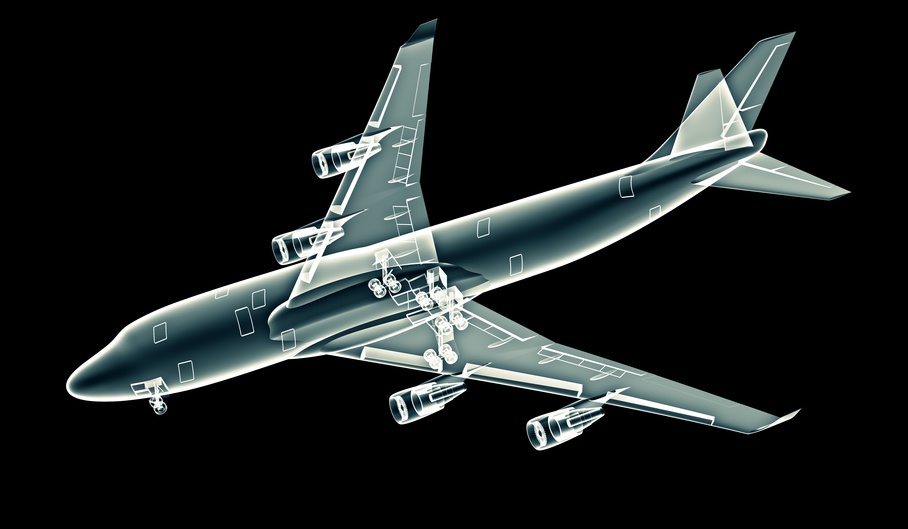

The medical devices that doctors use on a daily basis help to save lives and maintain the health of millions of individuals all over the world. But if these devices are faulty, it can mean that the lives of others are compromised. Because of this, thorough testing of medical devices need to be conducted in order to ensure their safety and overall usefulness.
But the question is, how do you inspect and validate any sort of medical device testing in a way that doesn’t ultimately compromise the device and its usefulness — especially when the mechanism is made of hundreds of pieces that can’t necessarily be seen with the naked eye? Inspecting these kinds of devices using conventional methods will leave designers invalidated and feeling uncertain. Luckily, with the rise of new technologies, there are new, non destructive testing methods that help to test medical devices without compromising them.
The answer is 3d inspection software.
3d laser scanning services are able to inspect medical devices as thoroughly as possible, using a process that fully inspects a product in a non-invasive manner that ensures it is fully validated and usable. Here are some of the benefits of these 3d scanner services:
- The process involved in 3d scanner services allows those testing their medical products to reduce product inspection costs and the costs associated with failure analysis by up to 75% when compared with other competing technologies.
- Because 3d scanner services yield resolutions at a micron level, it is easier to inspect items that have hundreds of parts that would typically not be seen by the naked eye. In fact, micro-CT resolution on these scanners are about 100 times better and more accurate than the best CAT scans in the medical world.
- With other kinds of medical scanning devices, some part sizes are too small to examine. But with these, part size is not an issue. Parts as small as even .5mm in length are able to be scanned!
These kinds of medical scanning services are constantly evolving and getting better, and improving the efficiency of medical operations and helping to save lives.